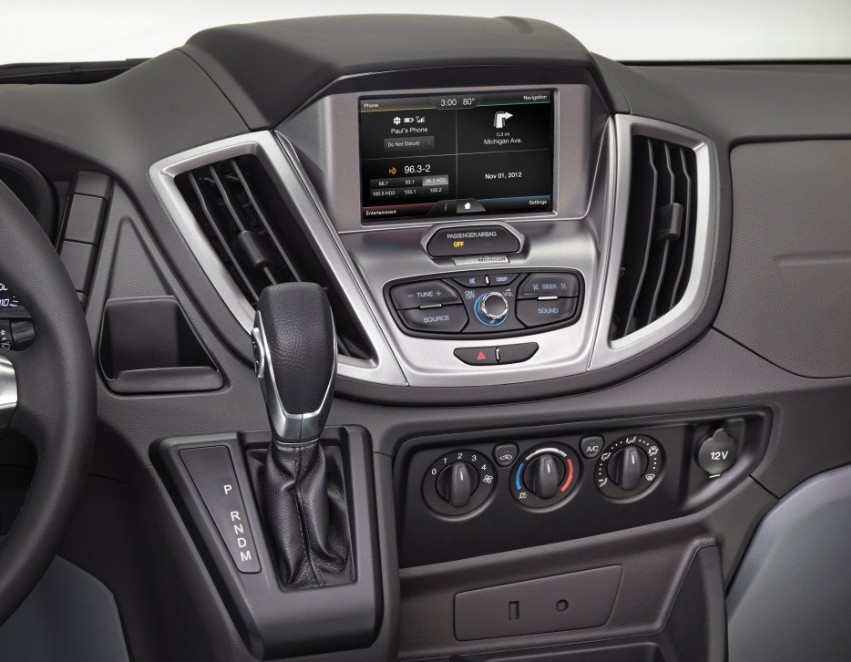
Seat Time is a chance for us to share our impressions of vehicles being tested in the Autoline Garage and at media previews from around the globe.
Reviewer: John McElroy
Manufacturer: Ford Motor Company
Make: Ford
Model: Transit 250 HR
Type: Full size cargo van
Competitors: Daimler Sprinter, Ram Promaster, Chevrolet Express, GMC Savana, Nissan NV400
Price: Base: $30,560. As tested: $46,930
Made in: Kansas City, Missouri
Drivetrain: 3.2 liter I-5 diesel; 6-speed automatic
EPA Ratings: NA; observed: 20 mpg
Final Impression:

The driving dynamics are better than you’ll find in many passenger cars. The on-center steering feel is precise, the effort is direct and you’ll sense the feedback through your hands. The brake pedal effort is directly proportional to the deceleration you’ll get out of it and is easily modulated. And while the acceleration of the I-5 diesel will not exactly snap your neck, it will more than easily keep up with traffic.
Go ahead, push it hard through one of those long, circular off-ramps. Hustle it through your favorite set of esses. Pick any apex and clip it every time. I found myself shaking my head in amazement and almost giggling. How can a vehicle with a 148-inch wheelbase, a 10-foot tall roof and over 400 cubic feet of interior room handle so well?
The Transit will fool an awful lot of people, so if you really want some grins, do all this while hanging on the tail end of some poser in a bimmer. The look on their face of not being able to shake a big box cargo van will more than make your day.
Of course, this is not what the Transit was designed to do. It’s a work horse and well suited to the task. There is an enormous amount of glass surrounding the driver, giving you great 180 degree visibility, while big conventional and convex mirrors let you see everything on each side. But if you want to see what’s behind, you’d better pop for the $250 optional backup camera.
The controls are generally intuitively placed. And while you’ll need spend a some time studying how everything works, I’ve seen worse. My one minor complaint is that I wish the tilt and telescoping steering wheel would go down a little bit lower, instead of having to raise the driver seat higher. Oh well, I got used to it.
The side and rear cargo doors would fit on most cathedrals and the interior could probably hold their congregations. The friends I showed it to all reacted the same. They’d clamber in, walk around the rear cargo area for a while, then crane their necks to stare up at the roof and say, “What a great party vehicle!” Maybe that’s the kind of reaction this van evinces, or maybe it’s indicative of the kind of people I hang out with, but whatever. Everybody was amazed at how cavernous it is inside.
Of course, I had one of the big ones. Ford offers a wide selection of sizes and powertrains, tailored to satisfy a variety of needs, so configure one yourself. Yes, you’ll find they’re much pricier than the old Econoline, but I’ll bet you more than make that up with better cost of ownership.
So far, sales look promising. They’re not quite up to the level of the old Econoline, but I think it’s just a matter of time. As more people get to experience it, I think the word-of-mouth is going to generate a really good buzz. In my book, the Transit is a winner.

John McElroy is an influential thought leader in the automotive industry. He is a journalist, lecturer, commentator and entrepreneur. He created “Autoline Daily,” the first industry webcast of industry news and analysis.








